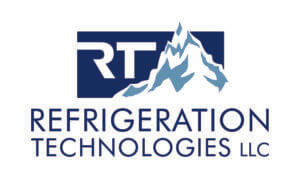Member Spotlight: Refrigeration Technologies, MaryBeth Yannessa - Project Engineer

MaryBeth Yannessa, Refrigeration Technologies, LLC, Project Engineer. In Marybeth's free time, she dedicates her time to the Animal House Project, where she currently serves as the President of the organization.
Refrigeration systems are often overlooked in building assessments, yet they are a critical component that is typically outdated and highly inefficient. This is an untapped opportunity for Energy Service Companies; refrigeration can be seen as low-hanging fruit with a quick payback and strong ROI. Refrigeration Technologies LLC identified the opportunity ESCOs have in front of them to incorporate refrigeration into projects to increase energy savings and project size.
Refrigeration Technologies has been a NAESCO member since the spring of 2023. We sat down with Project Engineer MaryBeth Yannessa to learn more about refrigeration systems and why they can be an integral energy conservation measure to add to projects.
What is the typical life of a walk-in freezer?
It depends on many factors, but the largest factor is how the freezer was maintained. We have seen freezers so old they are held together with duct tape and some brand new that need a complete overhaul. Overall, with optimum care, the typical life is 15-20 years.
What are the most common problems that occur inside cold storage solutions?
Icing on the coils; freezer burn on the food and damage to the overall supplies that are kept in the boxes; ice on the floors causing danger for the staff who walk in the boxes; incorrect temperatures – too warm and against the HACCP rules.
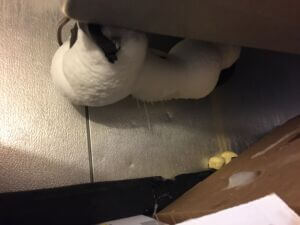
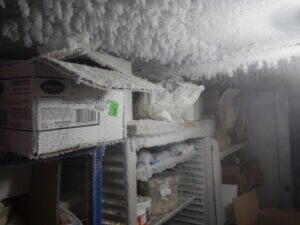
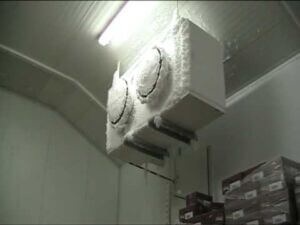
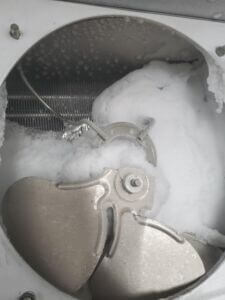
What types of facilities usually have cold storage?
The list is long, but to name a few: restaurants, convenience stores, prisons, assisted living and nursing homes, military bases, the Pentagon (which we completed), morgues, hospitals, blood banks, universities, school districts, arenas, stadiums, breweries, distilleries, cold storage warehouses, and food manufacturing.
Are there any indications ESCOs should look for to determine if there is an opportunity?
After attending the Energy Exchange and speaking to many attendees, its apparent that refrigeration is a huge missed opportunity for ESCOs. ESCOs walk onto a site and often totally skip over the refrigeration, not realizing the amount of energy that can be saved and carbon emissions that can be reduced. Utilities are throwing energy-saving money at these measures, and the ROI is under seven years.
What opportunities do you see to advance cold storage efficiency measures within the ESCO industry?
The sky is the limit. Not only can ESCOs include refrigeration in new projects, but there are a lot of projects that left refrigeration out – ESCOs can go back and upsell to existing clients.
What type of technology is integrated with refrigeration upgrades?
To help save clients money and energy and, more importantly, ensure the system is running, we created ArtikControl™ WIC & WIF, a state-of-the-art Intelligent Energy Saving Refrigeration Controller for the retro-fit of walk-in coolers and freezers. The Controller offers remote monitoring and control from anywhere via a Smartphone, Tablet or Laptop.
In summary, it's an interactive, user-friendly dashboard. We equate our dashboard to life safety so we can back net into a client's building automation system (if they prefer). But our clients have found, just like life safety, that when an alarm comes in through the system, and then it goes to the overall building control system, the alert is sent to security or customer service – which is not the correct person it needs to go to. By the time the right person is notified, the product could already be lost. For example, for food, you have four hours to use it, lose it or move it. For pharmaceuticals, blood, and vaccines, you have an hour to two hours. So, in general, we typically see clients maintain our system outside the building automation system.
How can ESCOs equip themselves to audit refrigeration systems during their facility audits?
We have been working with ESCOs for years and have created a simple process. We share a PowerPoint training deck with ESCOs that includes the information they need to look for, the information we would need, and overall project information. Once all information is sent to us, we will turn it in 24 – 48 hours with all of the calculations that are needed. We can also be hands-on; in situations where the ESCO or auditor would like to verify information before equipment is purchased, we can send an engineer on-site.
To learn more about the impact and energy savings of refrigeration projects, read Refrigeration Technologies' case study conducted at the Cedar Bayou Junior High School in Baytown, Texas.

